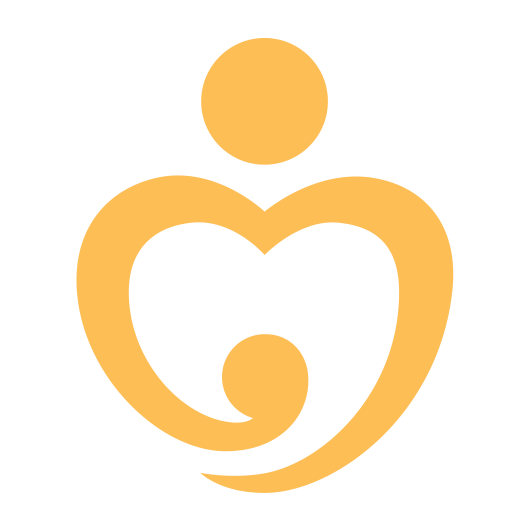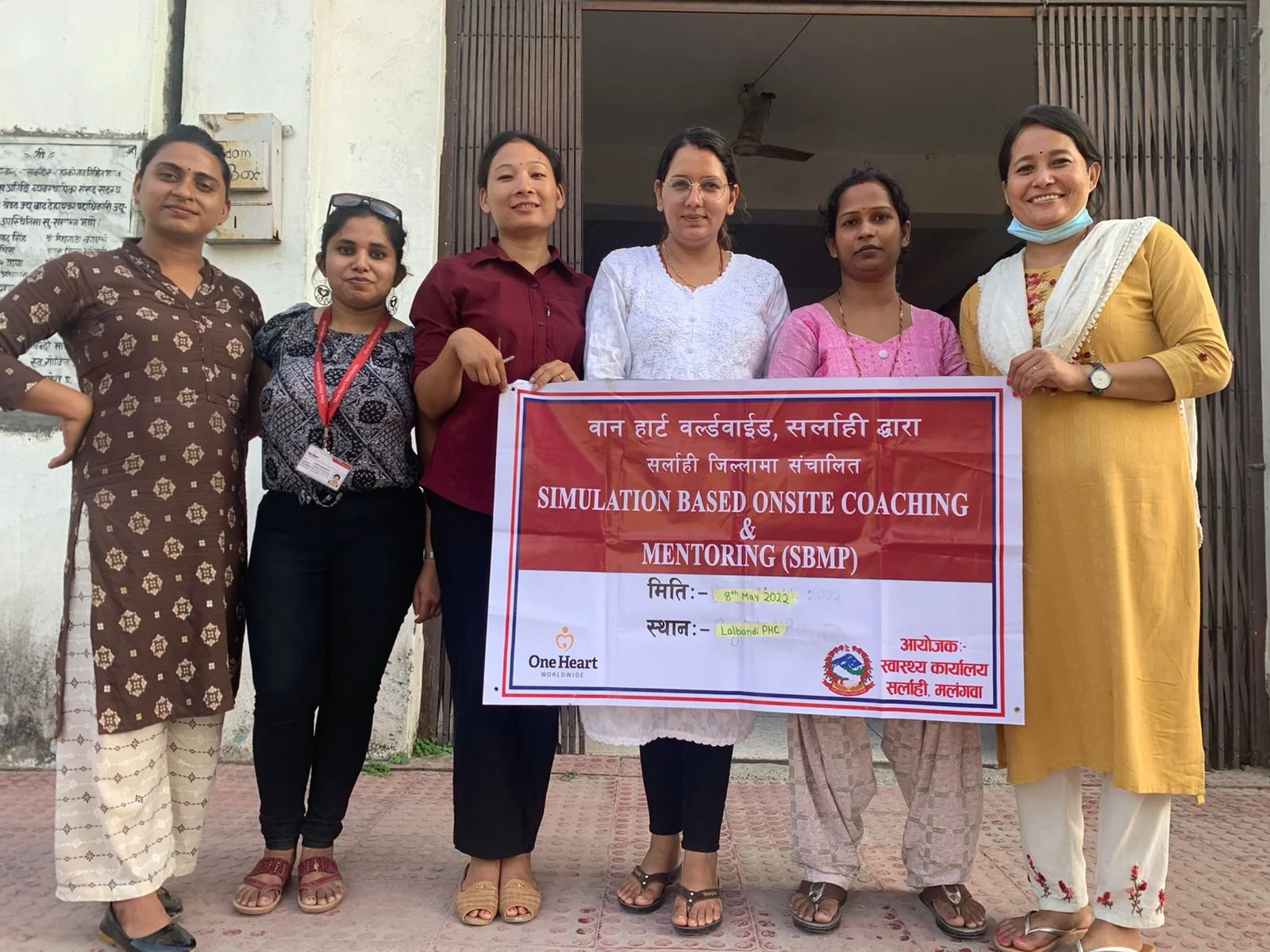Meet OHW Staff member: Nikita Chaudhary
As one of the youngest staff at the One Heart Worldwide Nepal office, 25-year-old Nikita is contributing to our work as the Training and Field Supervisor in Sarlahi District of the Madhesh Province, which lies in the south of Nepal, close to the border with India. Trained as a professional nurse, Nikita has been helping government nurses in rural health facilities by enhancing their nursing skills and knowledge specifically in maternity and neonatal care. With her team in Sarlahi, Nikita has contributed towards providing quality care for mothers and babies who belong to the most marginalized communities.
As a Madheshi woman, I am proud to be part of OHW. I have the opportunity to make a difference in the lives of a number of mothers in the Madheshi community, most of whom are deprived of education and opportunities. I have met so many young mothers, most of whom are barely 18- 20 years old and living in impoverished conditions.
The province has the lowest educational status out of Nepal’s seven provinces, and a large number of women are illiterate as they never got the chance to attend school. It is because of gross gender inequality that so many girls and women are left behind. Often, girls marry so early in their lives and become mothers at such a young age; they also face pregnancy complications and high risks.
Saving the lives of these young mothers is what we do. This is why OHW plays such a crucial role in improving the public health system run by local governments, which need our help. It has been nearly one year now since we started working in the Madhesh Province and our work has been well appreciated by local governments and communities.
One of my key tasks is to help maintain and improve the skills and knowledge of government nurses in maternal and neonatal healthcare. In Sarlahi, we work exclusively in the rural municipal wards. Sarlahi has better roads than the hill provinces like many other districts in the Madhesh Province, but the hardships for local communities are severe.
Many nurses need consistent guidance to improve their skills and knowledge. Our simulation-based mentorship program has been instrumental in enhancing the clinical capacities of nurses. In the last quarter, like the rest of the year, I have been actively engaged in providing on-site coaching and mentoring nurses and educating them about how to deal with complicated situations, and building their confidence in how to be ready during emergency situations. In addition, I have been able to train them on how to use the equipment that we have provided in the birthing centers.
I am already seeing a big change among the nurses, many of whom have said that they learned so much because they never had the chance to practice their clinical skills abundantly. OHW is now so popular that even nurses we are not affiliated with are asking us to provide guidance and improve their birthing centers.
Our key role has been to support the institutional strengthening of government health facilities. We work closely with members of the Health Facility Operation and Management Committee (HFOMC). We assist health facilities with the quality improvement process (QIP) where we help identify gaps and provide support for how they can improve. The HFOMC plays a pivotal role in supporting the health team to ensure mothers get quality services. In many facilities, members were not actively involved due to lack of both motivation and knowledge gaps on how to properly run birthing centers. Our guidance has had a positive impact on members who are today more motivated and actively involved.
The difference in the quality of services is evident by how more mothers and their families are visiting the birthing centers where we have helped to support equipment, mentor nurses and support the HFOMC members. OHW doesn’t just donate equipment; we also make sure it is configured in a ready-to-use manner. We organize a meeting with local municipality officials, health coordinators, health staff and nurses and provide orientation on how to utilize the equipment. Setting up the equipment takes a whole day, and I have personally set up in 7 birthing centers.




